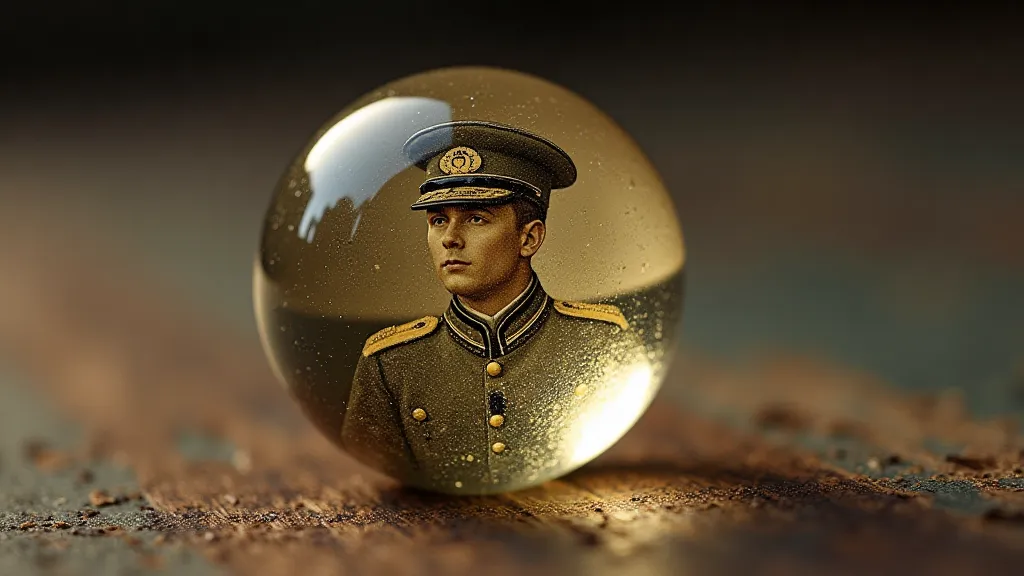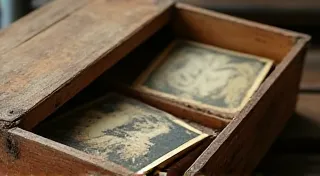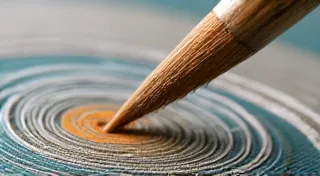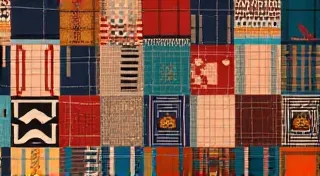The Glimmering Diaspora: Tracing the Routes of German Core-Print Marbles
The satisfying clatter of glass on glass, the miniature landscapes swirling within – for those drawn to the quiet beauty of antique marbles, the allure is often profound. Among these treasures, German core-print marbles hold a special place, their intricate designs whispering tales of a bygone era and a surprisingly complex history. They aren’t merely small spheres of glass; they are shimmering artifacts of global trade, technological innovation, and the human desire for beauty.
My own fascination began, as many do, with a simple find – a handful of marbles discovered in a dusty box at a local estate sale. Amongst the common swirls and cat's eyes, a few caught my eye: tiny worlds painted with astonishing detail, their core images vibrant despite decades buried in the earth. These were the first clues in what became a lifelong exploration of German core-print marbles, a journey that took me from the Black Forest to the American Midwest, uncovering a remarkable story of craftsmanship, commerce, and cultural exchange.
The Black Forest Legacy: Roots in Glassblowing Tradition
The story begins in the heart of Germany, specifically the Black Forest region. For centuries, this area was renowned for its glassblowing traditions. The abundance of wood provided fuel for the furnaces, and the skilled artisans developed a mastery of the craft, creating everything from window panes to drinking vessels. The impetus for marble production arose from a confluence of factors: the demand for small, affordable playthings, the desire to utilize waste glass, and the burgeoning industrial revolution that allowed for greater efficiency in production. The techniques involved were far from simple; glassblowing requires incredible heat control and a practiced eye. Each marble began as a gob of molten glass, manipulated by the blower before being shaped and cooled.
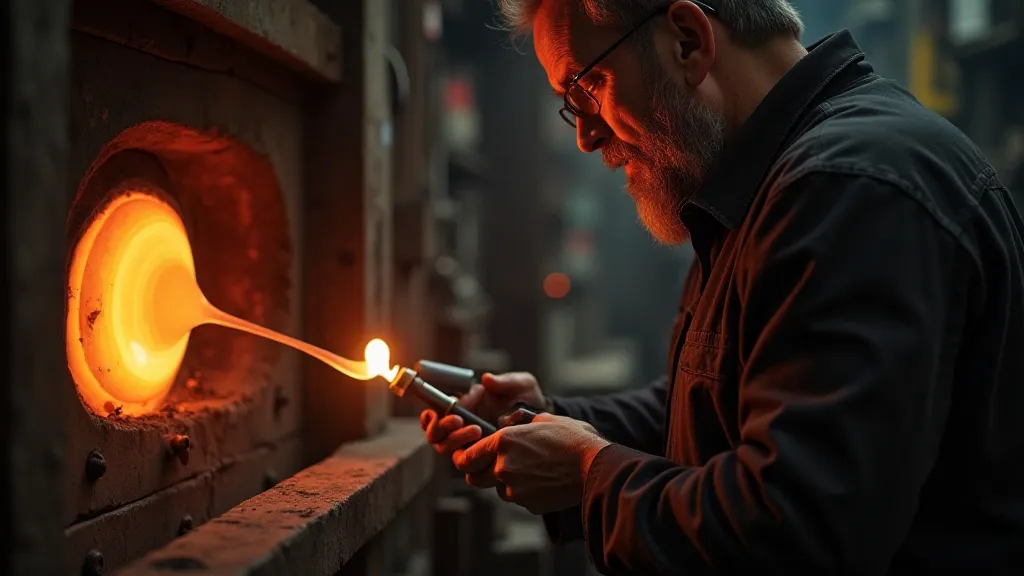
Core Printing: A Revolutionary Technique
What truly distinguishes German core-print marbles is the printing process itself. Initially, marbles were often hand-painted, a laborious and costly endeavor. The advent of core printing revolutionized production, significantly reducing costs and enabling a wider range of designs. The process involved creating a metal die, engraved with the desired image. As the molten glass sphere spun rapidly on the lathe, this die was pressed into its surface, transferring the image onto the still-soft glass. These images ranged from simple patriotic symbols and animals to elaborate floral patterns and even miniature portraits. The quality of the die, and the skill of the operator, determined the crispness and clarity of the print.
Trade Routes and Transatlantic Exchange
The late 19th and early 20th centuries witnessed a surge in marble production in Germany, far exceeding domestic demand. This created a fertile ground for export. The burgeoning industrial economies of America, with their legions of children eager for playthings, became a prime target for German manufacturers. Massive shipments of marbles, packed in sturdy wooden crates or burlap sacks, traversed the Atlantic, finding their way into the hands of wholesalers and retailers across the United States.
The routes weren't always straightforward. Wars and political instability often disrupted trade. During World War I, for example, German imports were curtailed, significantly impacting the American marble market. Nevertheless, the legacy of German core-print marbles remained, embedded in the landscapes of American childhood. Many children remember finding these treasures in their gardens or tucked away in old jars.
Types of German Core-Print Marbles: A Collector’s Guide
Identifying German core-print marbles can be a rewarding challenge for the aspiring collector. Several distinct types emerged, each reflecting the manufacturing practices and artistic trends of the time.
- “Bright Prints”: These marbles feature vibrant, highly detailed images, often with bold colors. They represent some of the earliest core-printed marbles.
- “Tan Prints”: As printing techniques evolved, the images on some marbles took on a more muted, “tan” hue. This isn’t a reflection of the original vibrancy; it’s often the result of age and exposure to the elements.
- “Military Prints”: Many marbles depicted soldiers, flags, and military symbols, particularly prevalent during periods of political tension. These are often highly sought after by collectors.
- “Animal Prints”: A vast array of animal depictions, from dogs and cats to birds and deer, grace the surfaces of these marbles.
- “Floral Prints”: Intricate floral designs, showcasing the beauty of nature, are another common theme.
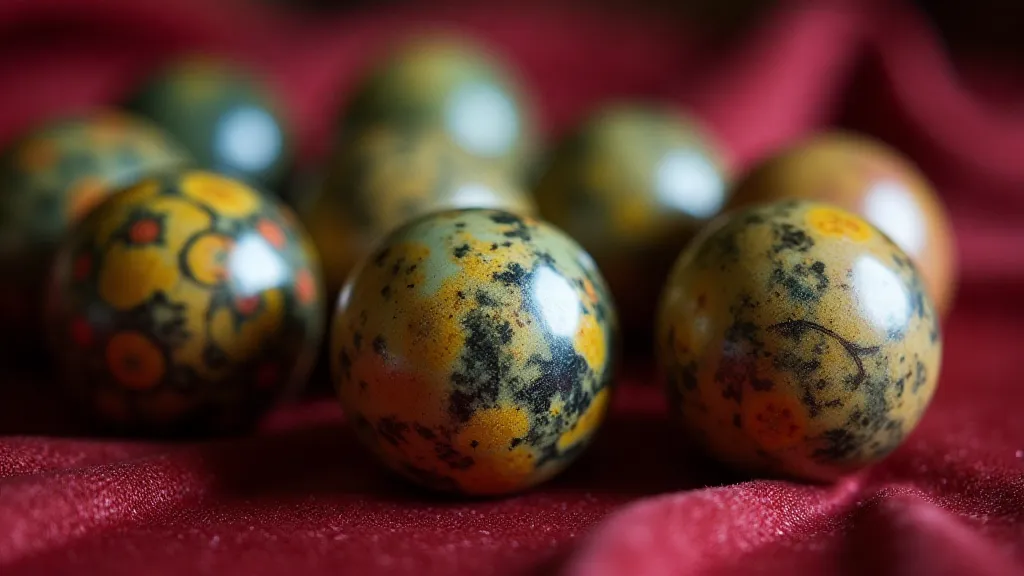
The Impact of World Wars and the Decline of Production
The two World Wars had a profound impact on German marble production. The disruption of trade, the destruction of factories, and the scarcity of resources all contributed to a decline in output. While production resumed after the wars, it never fully regained its pre-war levels. The rise of plastic toys in the mid-20th century further eroded the demand for glass marbles. Today, genuine German core-print marbles are considered highly prized collectibles.
Preserving the Legacy: Restoration and Collecting Tips
For those fortunate enough to acquire German core-print marbles, proper care is essential to preserving their beauty and value. Avoid harsh cleaning agents, which can damage the delicate prints. Gentle hand washing with mild soap and water is generally sufficient. Storage in a safe, dry environment is crucial to prevent deterioration. While some collectors attempt to restore faded prints, this is a delicate process best left to experienced professionals, as improper techniques can easily diminish the marble's value.
The pursuit of antique marbles is more than just accumulating objects; it’s about connecting with history, appreciating craftsmanship, and understanding the global forces that shaped our world. Each German core-print marble is a tiny window into a bygone era, a testament to the ingenuity and artistry of the German glassblowers, and a shimmering reminder of the enduring power of simple beauty.
